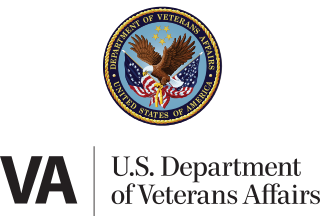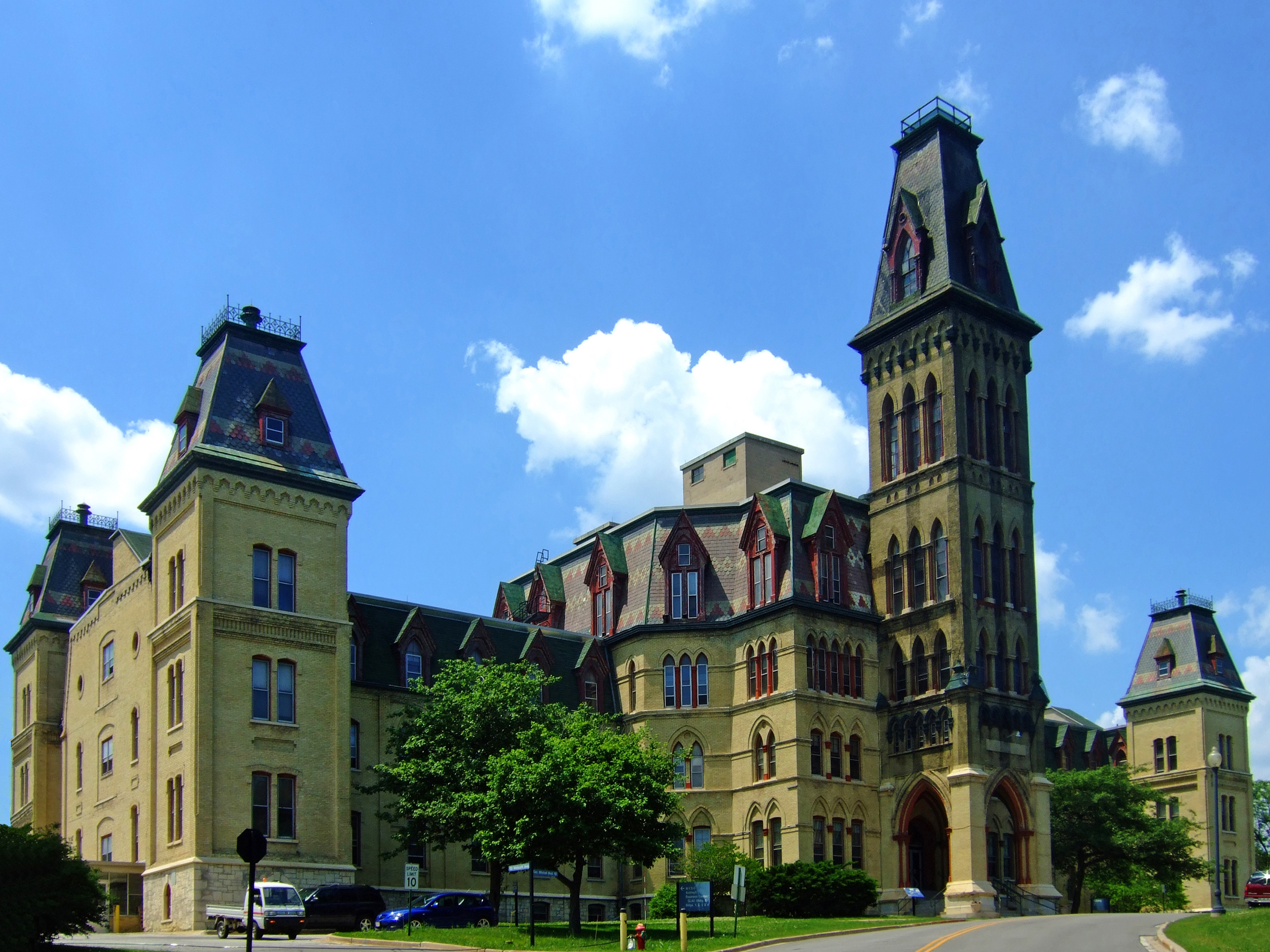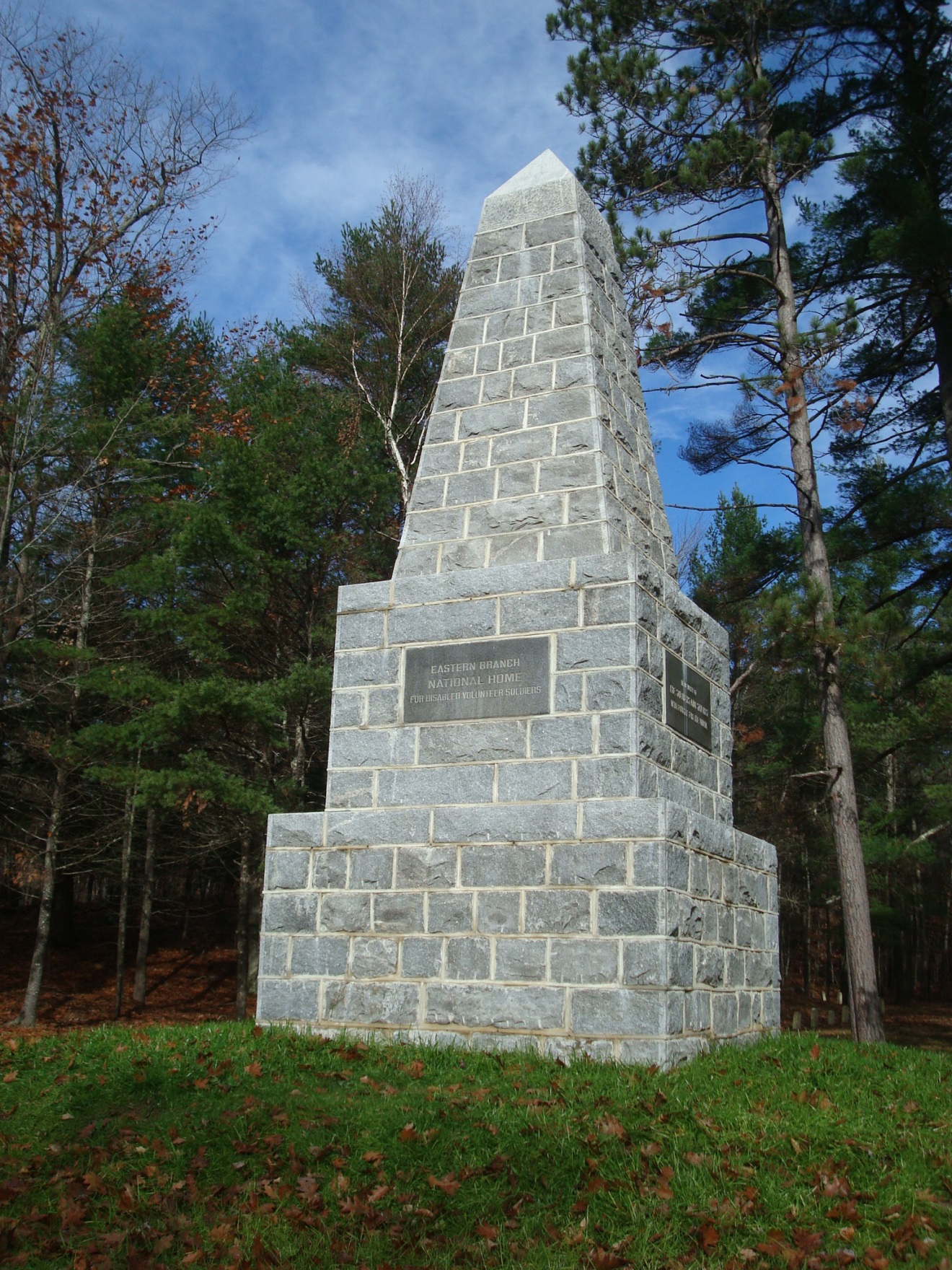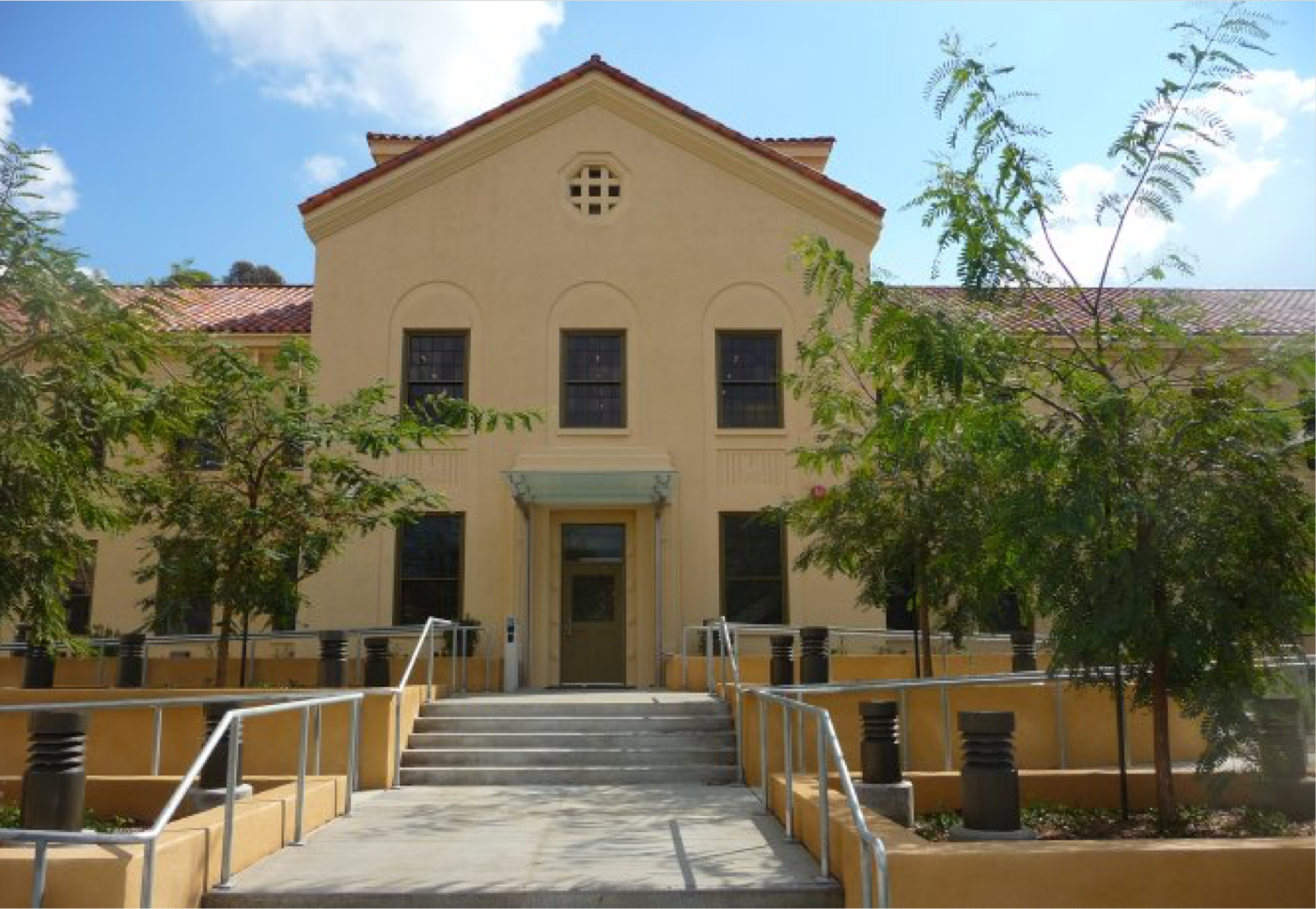
The mission of the Department of Veterans Affairs (VA) is to fulfill President Lincoln's promise to care for those who have served in our nation’s military and for their families, caregivers, and survivors.
VA is organized into three administrations, the Veterans Health Administration (VHA), which is responsible for providing health care services; National Cemetery Administration (NCA), which is responsible for burial and memorial benefits, maintenance of all VA cemeteries, and grants funding to develop and maintain tribal and state veteran cemeteries; and Veterans Benefits Administration (VBA), which is responsible for programs that provide financial assistance to Veterans.
VA has over 8,350 buildings and structures within its three administrations. Approximately 2,325 of these are historic, National Register of Historic Places (NRHP) eligible or listed, or National Historic Landmarks (NHLs). Of these, nearly 2,000 are being used in support of Veterans. More than 5,000 other buildings and structures have been evaluated and determined not eligible. VA maintains the fourth-largest inventory of historic buildings among land-owning federal agencies and is responsible for a broad array of historic properties (e.g., districts, sites, buildings, structures, and objects).
VHA oversees five medical campuses that are NHLs. These NHLs are branches of the historic National Home for Disabled Volunteer Soldiers initiative, which established a network of facilities to support injured Veterans in 1865. The campuses include: Battle Mountain Sanitarium in Hot Springs, South Dakota; Mountain Branch in Johnson City, Tennessee; Northwestern Branch in Milwaukee, Wisconsin; Western Branch in Leavenworth, Kansas; and Central Branch in Dayton, Ohio.
NCA operates 155 national cemeteries and 34 soldiers' lots and monument sites in 42 states and Puerto Rico. More than 4 million Americans, including Veterans of every war and conflict, are buried in VA's national cemeteries. The National Park Service (NPS) has identified all national cemeteries as eligible for the NRHP regardless of age due to their exceptional significance as a result of their Congressional designation as nationally significant places of burial and commemoration.
The VA Historic Preservation Office (HPO) keeps information about VA's programs to comply with federal preservation requirements. The VA History Office (VAHO) provides material documenting the history of the unique relationship between America and its Veterans; its mission is to establish an overarching program to collect, preserve, and provide access to our history in order to tell the full story of the Department of Veterans Affairs and its predecessor organizations.
The Advisory Council on Historic Preservation (ACHP) and VA established a partnership in 2008 to enhance and streamline historic preservation efforts. The partnership provides for a full-time staff member in the Office of Federal Agency Programs (OFAP) at the ACHP who serves as the the primary point of contact for handling VA program and project reviews.
Nationwide Program Alternatives in Development
VA is proposing to develop three program alternatives. The first is a nationwide Programmatic Agreement (nPA) for the Major Leasing Program pursuant to 36 CFR § 800.14(b)(2). The proposed nPA would create efficiencies in consultation for renovation options and standardize the information required from developers to determine the potential for adverse effects to historic properties in Built-to-Suit actions. VA initiated consultation for this initiative on August 26, 2024.
The second is a nPA for the State Home Construction Grant Program pursuant to 36 CFR § 800.14(b)(2). The proposed nPA would delineate clear roles for VA and applicants in the Section 106 process; through consultation, establish a list of programmatic allowances with limited or no potential to adversely affect historic properties that can be applied during a standard Section 106 process and in times of emergency; and define “standard” and “emergency” processes for Section 106 compliance, including response times. VA initiated consultation for this initiative on August 29, 2024.
The third program alternative in development is a Standard Treatment to set a national standard for the assessment of adverse effects to National Cemeteries pursuant to 36 CFR § 800.14(d). VA and the ACHP are exploring drafting this document, which would serve as a companion piece to the National Park Service's National Register Eligibility of National Cemeteries - A Clarification of Policy (2011), clarifying the assessment of adverse effects for National Cemeteries as a category of historic properties.
Updated information about each of the proposed program alternatives may be found on the VA Office of Construction and Facilities Management webpage.
VA Related Links & Documents
Applicant Authorizations per 36 CFR 800.2(c)(4)
Federal Preservation Staff Information
Guidance on Creating Section 106 Agreements
Historic Preservation Resources
Section 106 Agreements Database
Section 3 Reports - Preserve America
VA Program Comment for Vacant and Underutilized Properties


